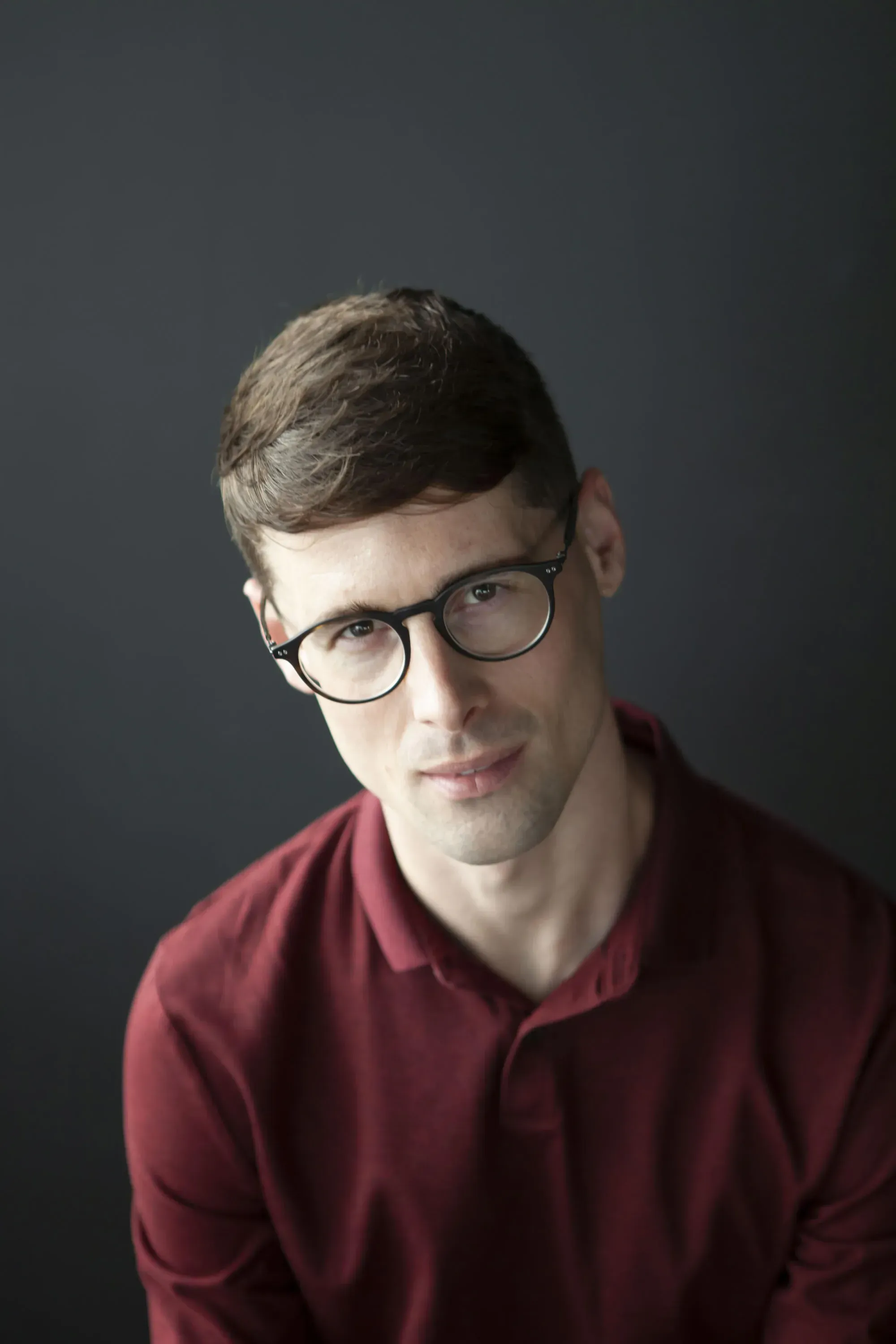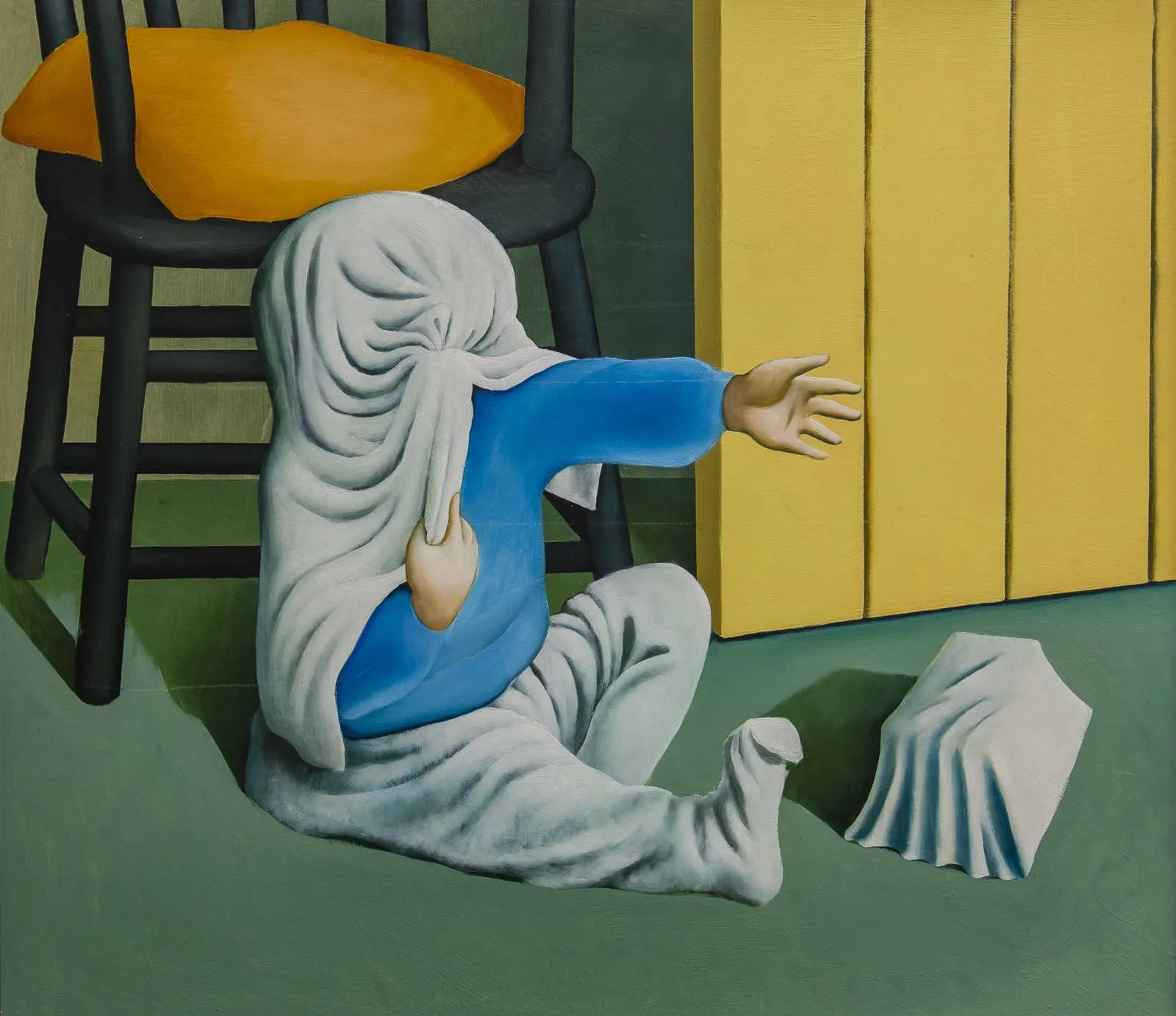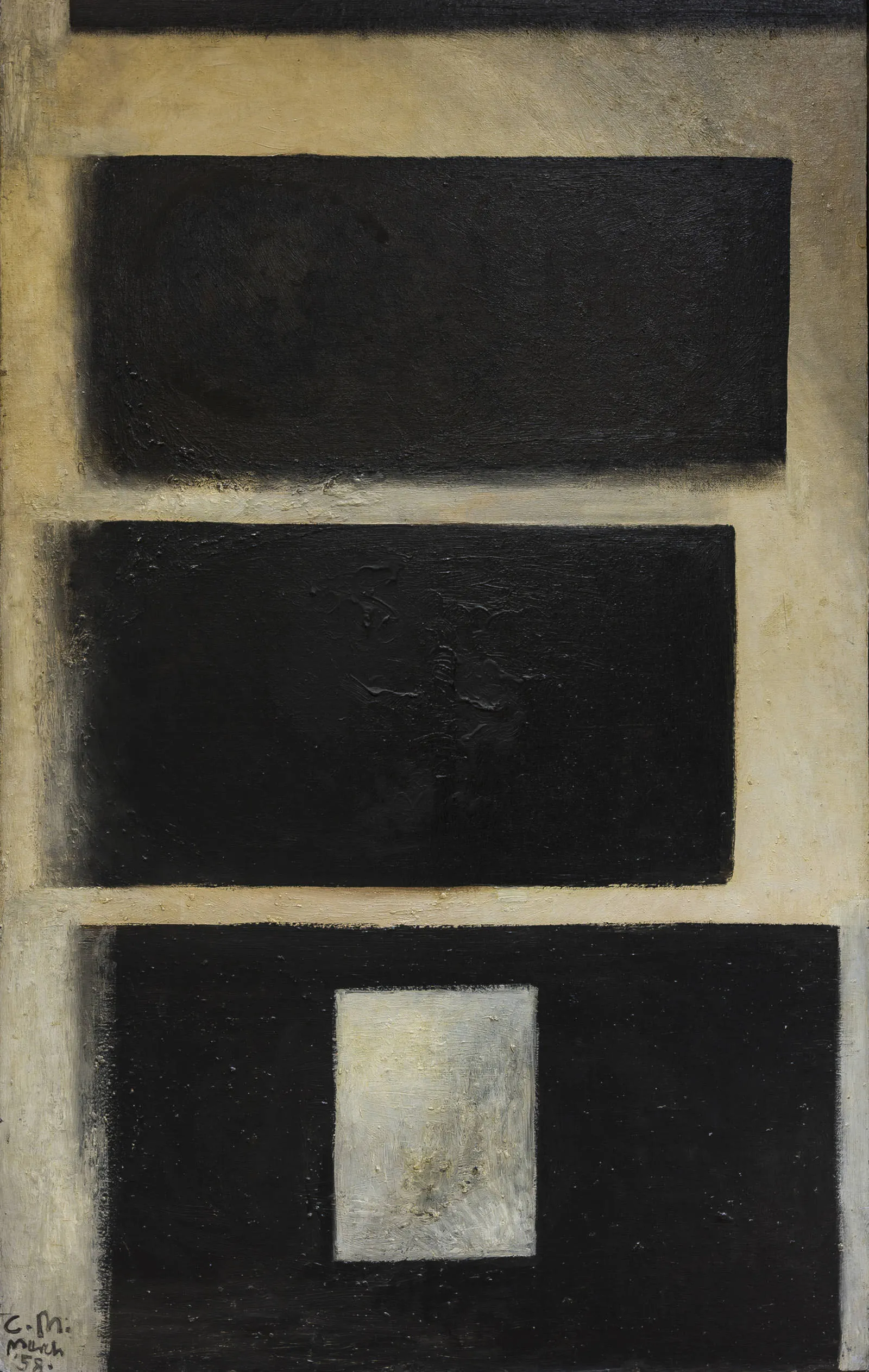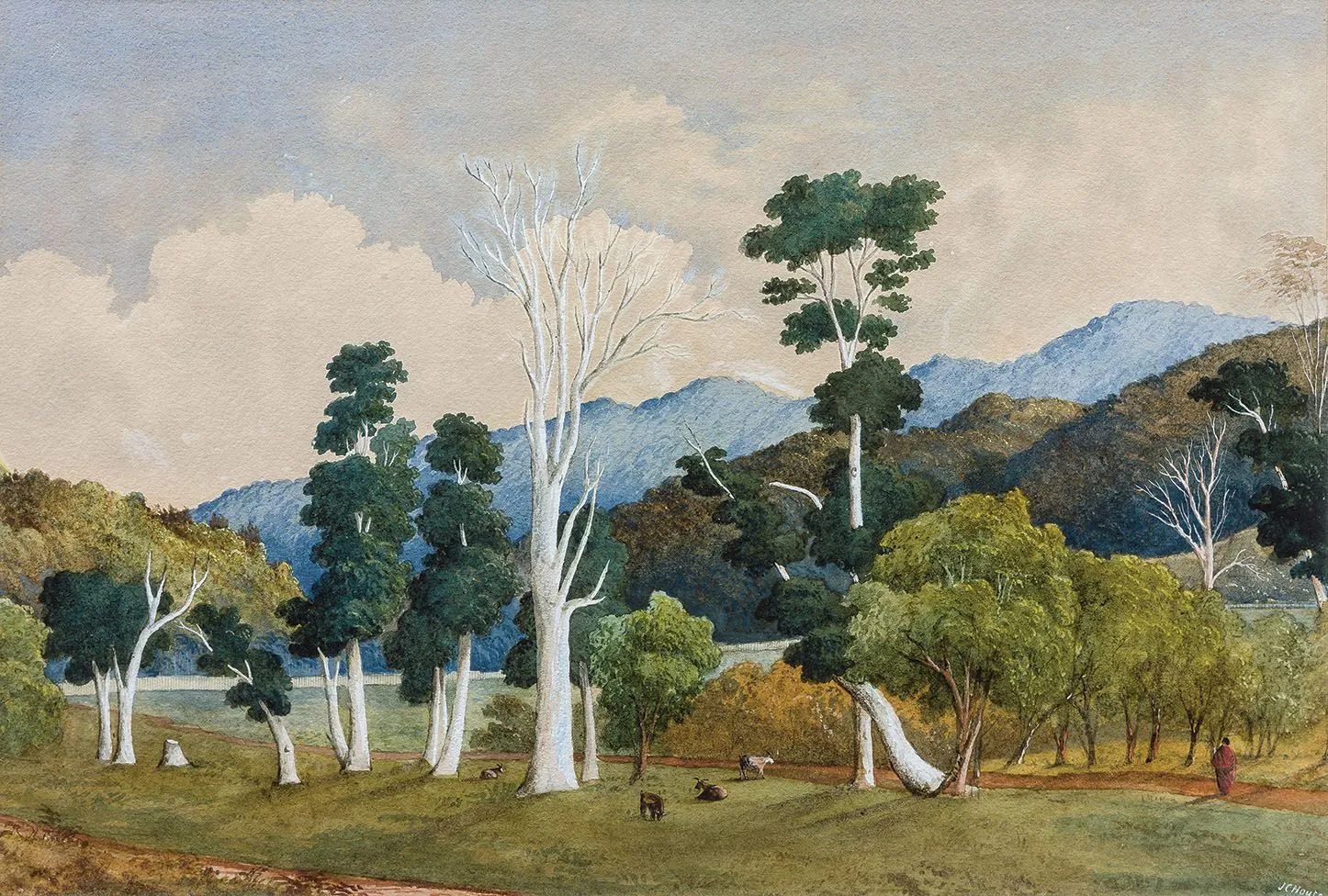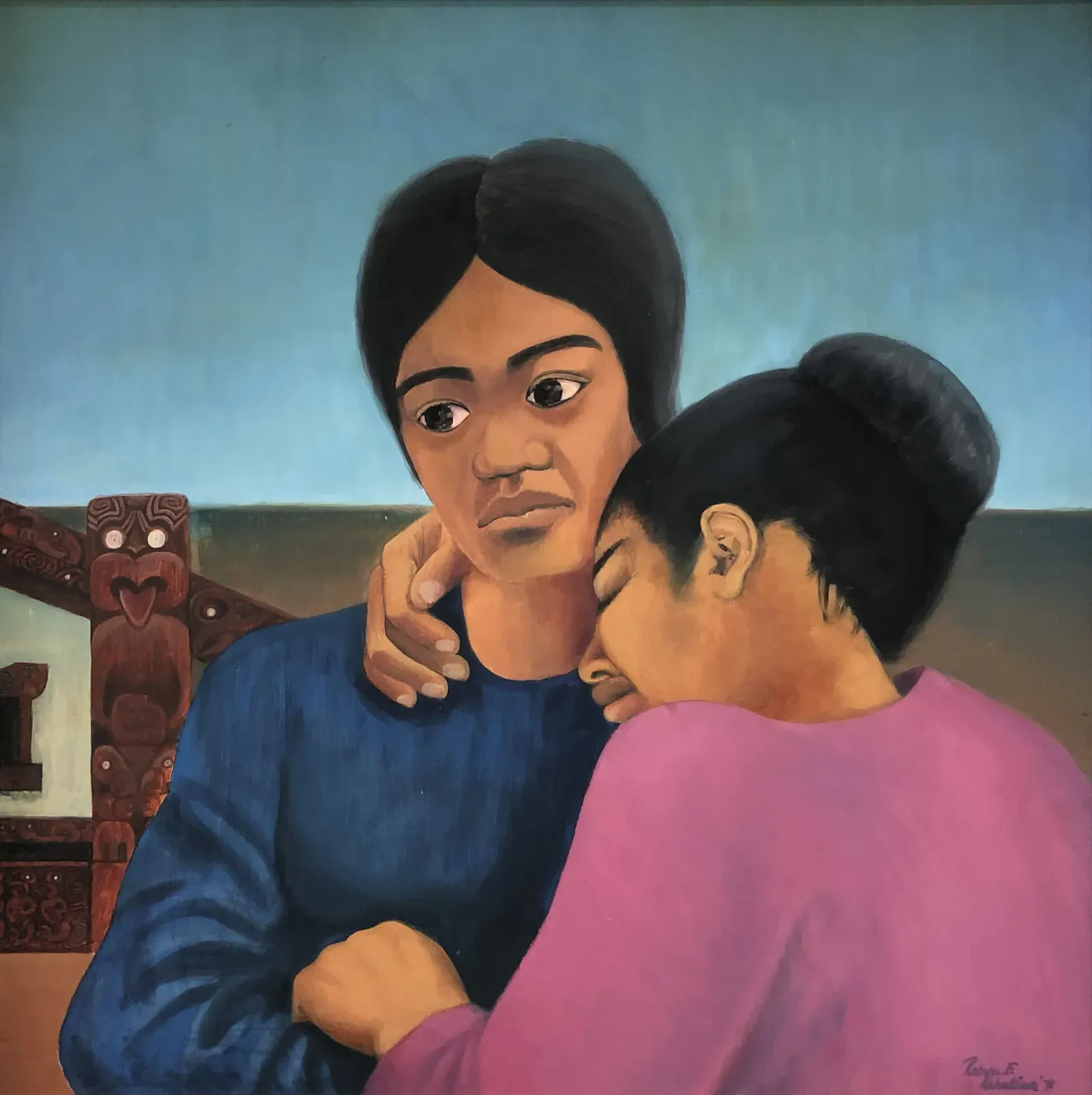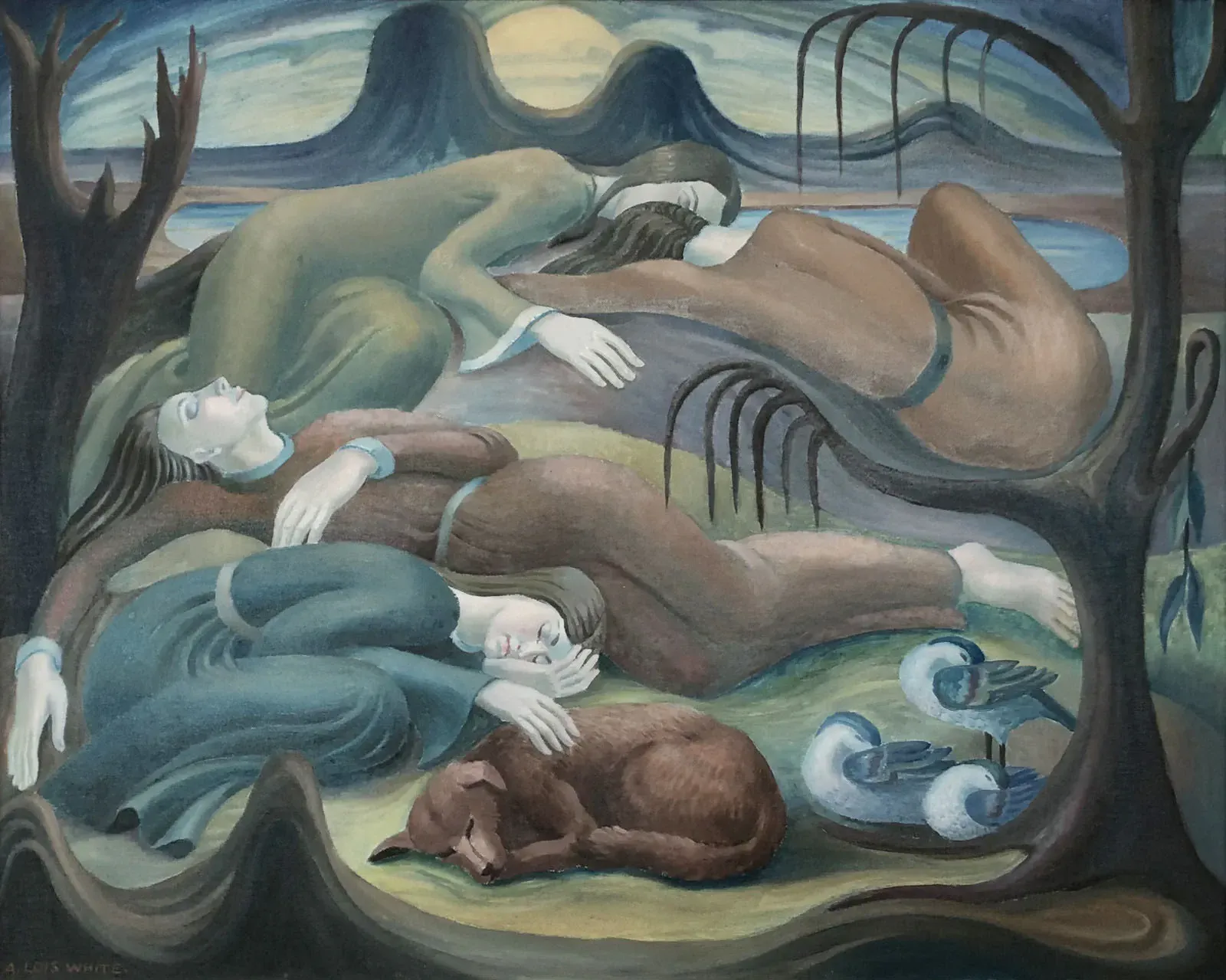Sharing $16 Million of NZ Art
Written by
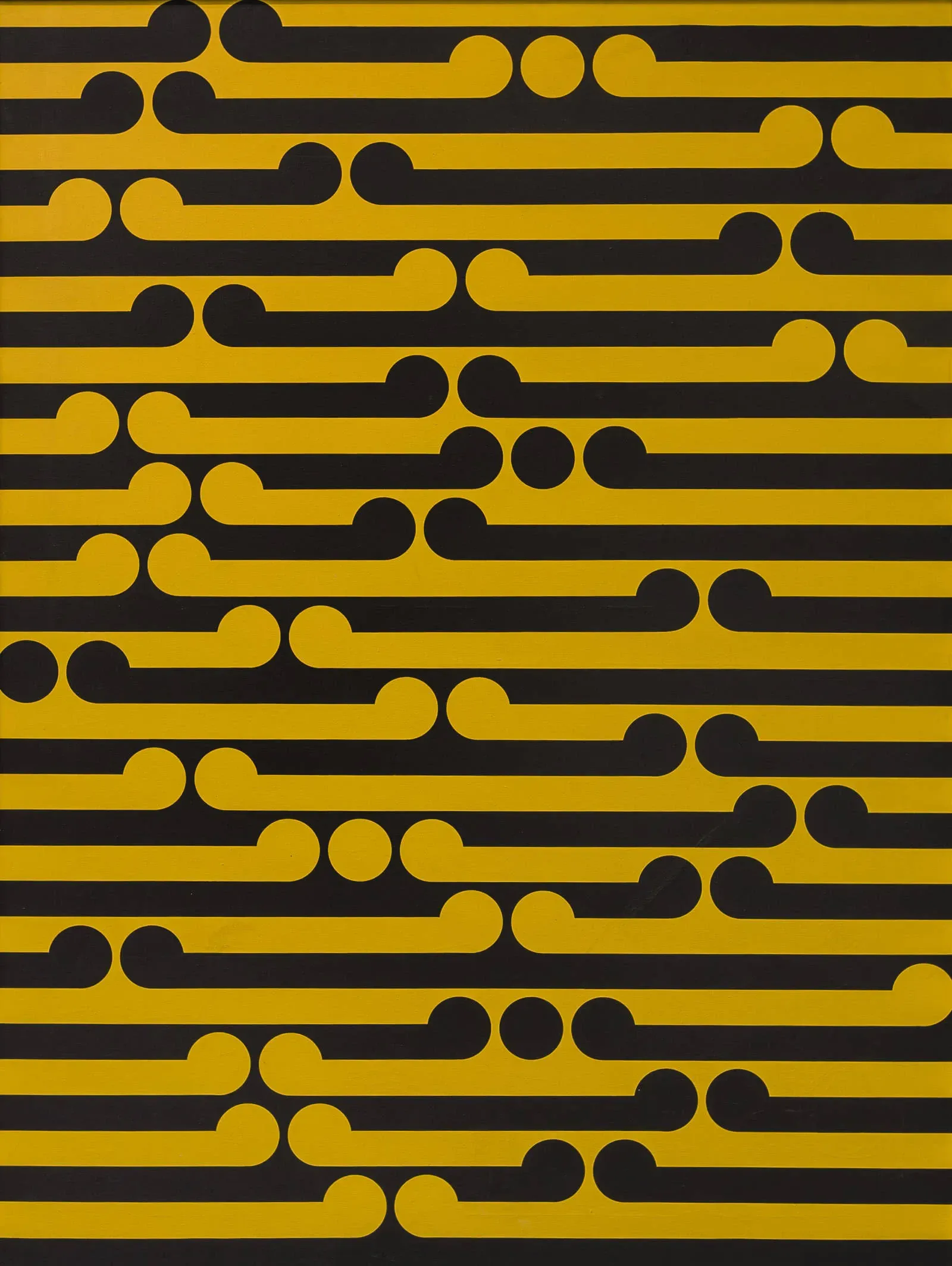
The new curator of one of Aotearoa’s most important private art collections is promising modern delivery methods to open the collection to a broader audience.
Francis McWhannell took over the reins of the Fletcher Trust Collection late last year, on the retirement of the well-respected Peter Shaw, who had curated the collection since 1991.
As he brings himself up to speed in familiarising himself with the collection – a process somewhat slowed by the COVID lockdown – McWhannell says the point of the collection is “absolutely” to be available to a wider public.
Connecting the collection
While in the past it has put on significant traditional exhibitions, alone or in collaboration with other collections and galleries, McWhannell is keen to explore other strategies to get the collection in front of new eyes and in different contexts – something “easy to access, nice and snappy, which helps build an appetite for and appreciation of the collection itself.”
Video, he believes, would be a natural extension to the collection’s existing website.
“When our public galleries produce videos in connection with exhibitions, they often take the form of a talk to camera, with a curator or artist speaking more or less uninterrupted for a number of minutes.
“Now that’s fine, but it’s a very different thing to a piece of purpose-made video that says ‘we’re going to tell you a story, we’re going to use archival footage, archival audio, we’re going to interview not just the artist but the artist’s friends, we’re going to have pans across multiple works so that details are seen’.
“That’s the sort of thing that I’m really interested in investigating – a bridge between a documentary of the sort Hamish Keith might have done back in the day and a static camera interview.”
He is also toying with other media ideas such as podcasts.
“I’m a little bit obsessed – in case it’s not obvious – by this idea of producing digital content but digital content that’s been engineered to be maximally exciting for an audience. There is a bit of a gap in that space at the moment. I’m very enthusiastic about addressing it, and I’m quite unfazed by the possibility that someone else might think of or produce something similar.
“I truly think, the more the merrier.”
Making his mark
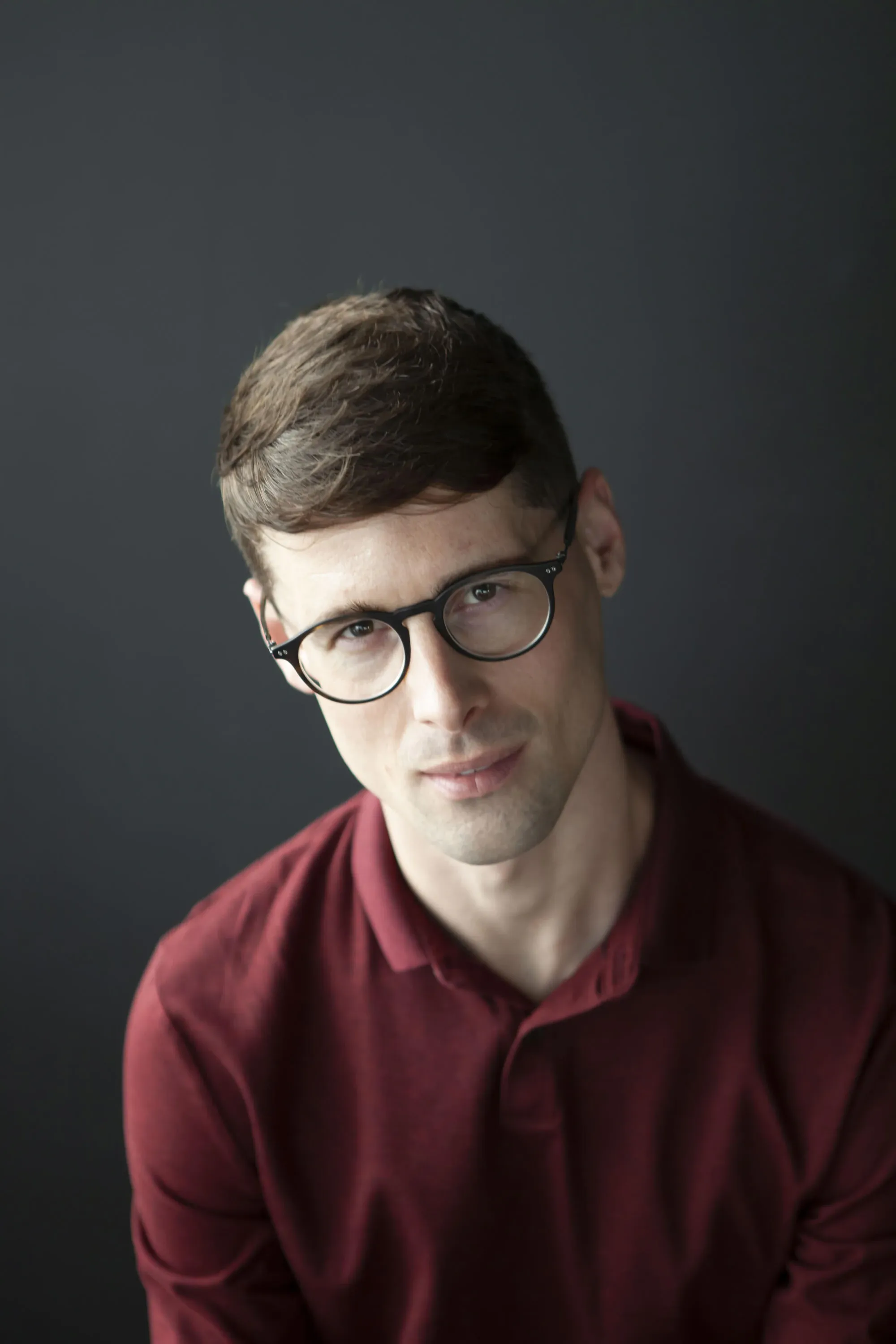
Francis McWhannell. Photo: Kaan Hiini.
McWhannell has curated and contributed to both public and commercial exhibitions and writes for various arts and culture publications and websites. He recently completed his Master of Arts thesis in Art History at the University of Auckland.
At 34, he has taken over a collection comprising nearly 600 works by more than 250 artists and valued (in 2019) at about $16.6 million. Not bad for a collection started in 1962 as a means of raising the tone in the Penrose offices of what was then Fletcher Holdings, a construction business founded by the first Sir James Fletcher in 1908, and which had grown to cover building, manufacturing and pulp and paper.
The company continued through further iterations and was eventually split up in 2001, by which time the art collection was in the hands of a company trust.
Now known as the Fletcher Trust, it holds the company archives as well as the art collection, and continues philanthropic work mainly in the area of education grants. It is completely independent of the remaining Fletcher Building business and is funded through its own investment income.
McWhannell finds that independence gives an agility to lend and move works around, which it might not otherwise have. He has no set acquisitions budget but decisions are made collaboratively with the Trustees on a case-by-case basis.
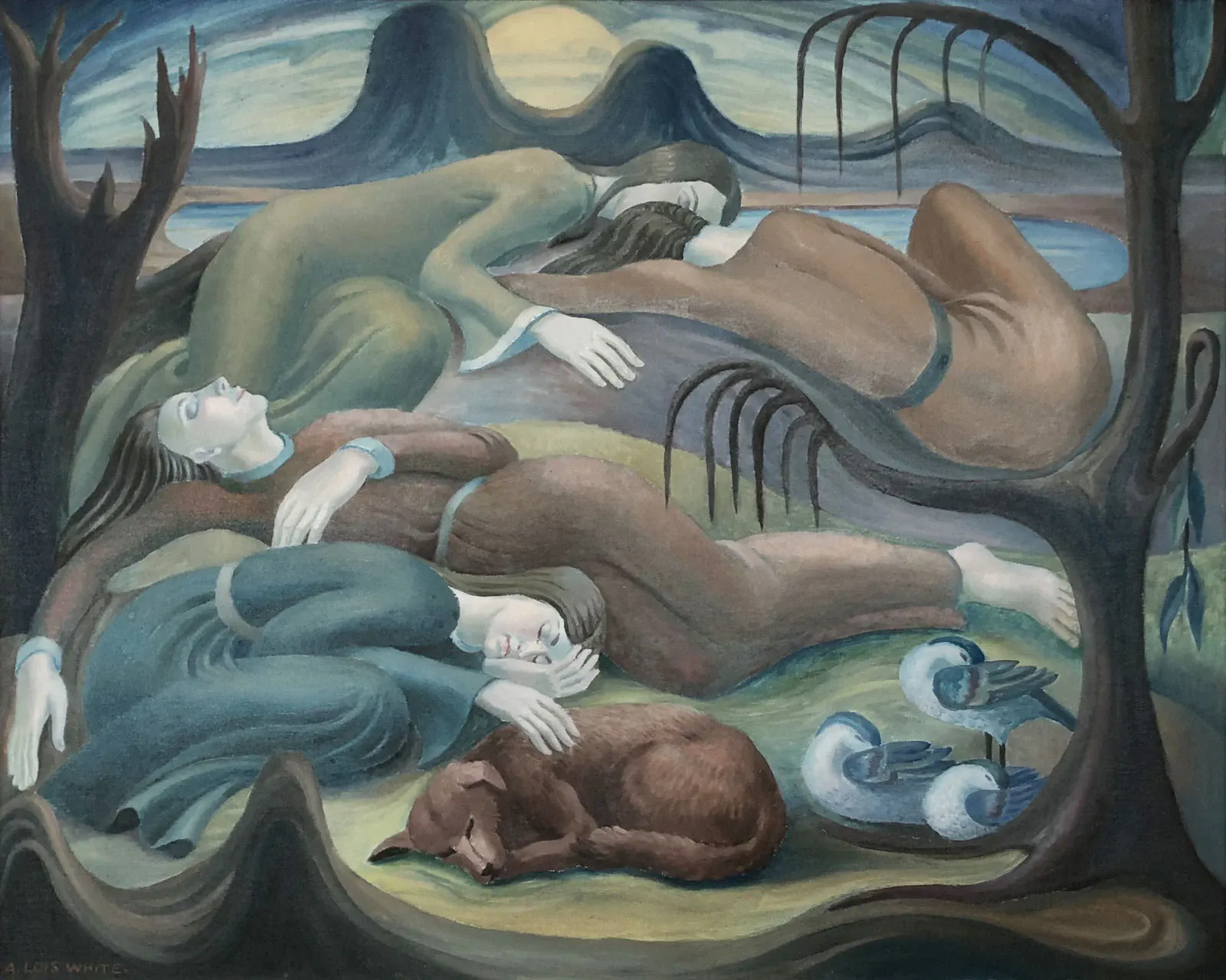
Lois White’s Sleeping: “particularly enchanting,” says Fletcher Trust Collection curator Francis McWhannell. Courtesy of the Fletcher Trust Collection.
He has already made his mark with two acquisitions – Robyn Kahukiwa’s Aroha (1971) and Lois White’s Sleeping (c 1960).
He explains that the collection had no White other than a self-portrait which, although significant, was not typical of her work.
“I found Sleeping particularly enchanting, even within an enchanting oeuvre. It had been quite a while since a choice White had come up.”

Aroha by Robyn Kahukiwa: a recent acquisition which helps fulfil the Fletcher Trust Collection’s philosophy of being fully representative of Aotearoa art. Courtesy of the Fletcher Trust Collection.
The collection also already held a substantial Kahukiwa, but Aroha represents her early figurative period and therefore “folds beautifully into the collection.”
It fit with his vision of building relationships between works.
“Kahukiwa’s work is such an interesting counterpoint to something like Michael Smither’s slightly uneasy baby wrapped up in a bundle of cloth [Interior with Child, 1971]. They are two very different explorations of family from roughly the same time.”
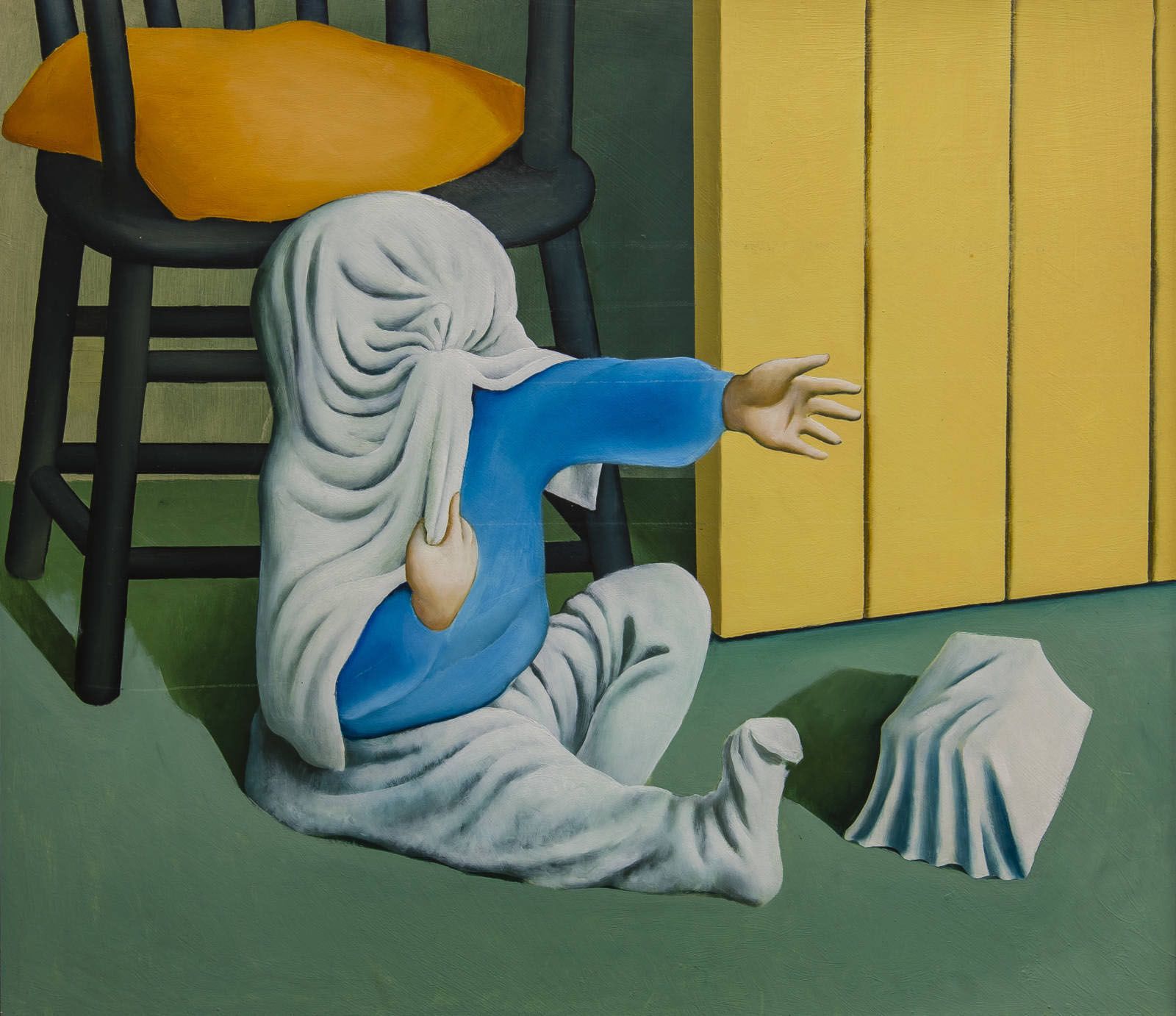
Michael Smither’s Interior With Child: in contrast with Kahukiwa’s Aroha it fits with curator McWhannell’s vision of building relationships between works. Courtesy of the Fletcher Trust Collection.
Fresh eyes
McWhannell says Shaw’s long tenure means that the collection is strongly informed by the vision of one curator, albeit a vision developed in collaboration with the trustees.
“It’s not just one person’s baby by any stretch of the imagination, but there was a particular curatorial vision that he had.
“There are certain artists who were not added who have risen to prominence in the last decade or so and whose work I will now be seeking to add to the collection in fairly short order.
“That is really just a question of new eyes coming in and seeing absences that maybe weren’t registered previously.”
The collection has also tended away from photography and works in more fragile media such as watercolours.
“Part of this is just the momentum of history carrying us through and one of my responsibilities as the new curator will be to look – has already been to look – at the way that we’ve collected historically and to consider introducing a slightly different approach,” says McWhannell.
“Maybe we do consider some really choice examples of contemporary photography.”
Steeped in history
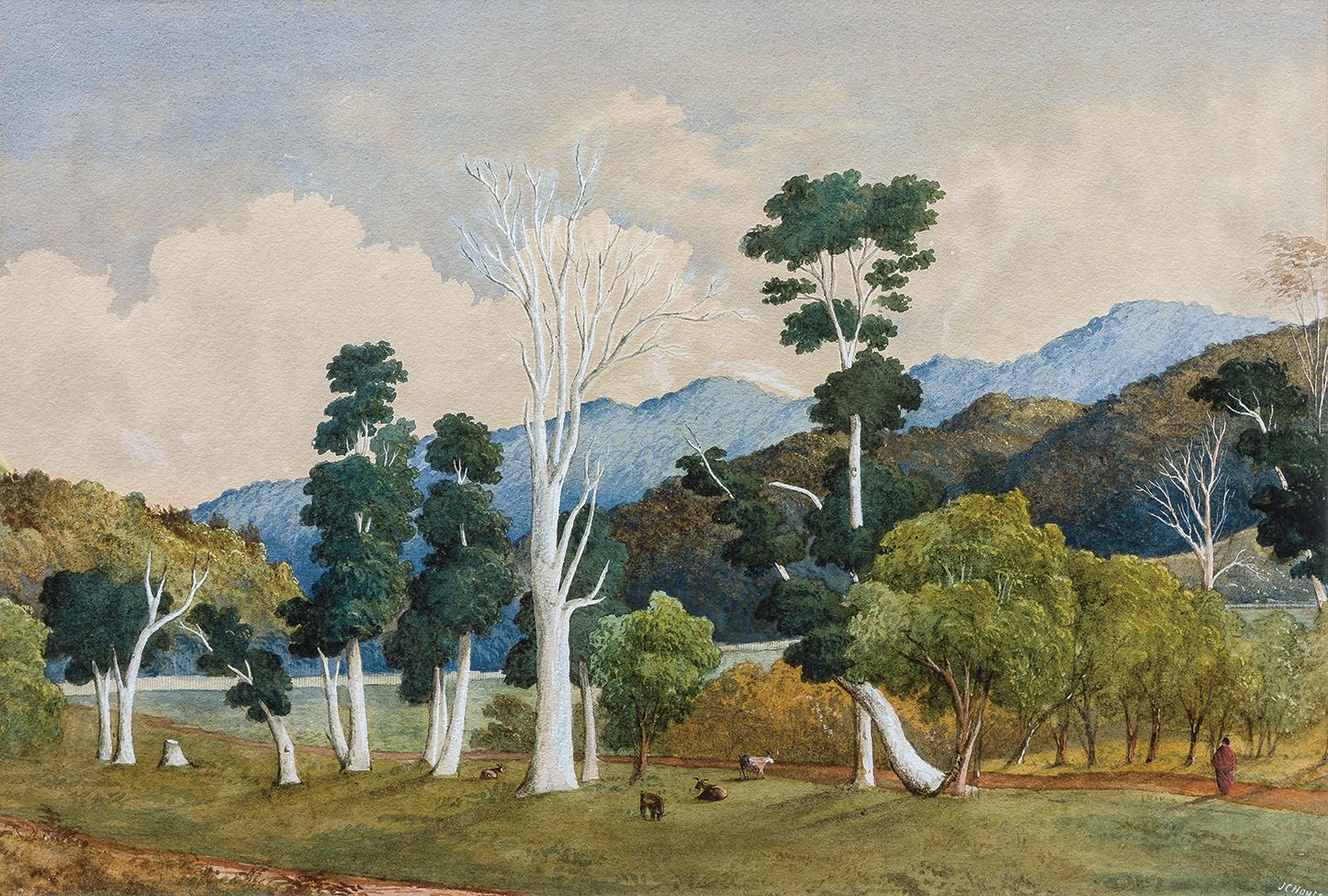
JBC Hoyte’s Coromandel was one of the paintings which formed the genesis of the Fletcher Trust Collection in 1962. Courtesy of the Fletcher Trust Collection.
The Fletcher Trust chairman, Angus Fletcher, says the collection began “serendipitously” when his father, the second Sir James Fletcher and Managing Director of Fletcher Holdings, was offered five watercolours by JBC Hoyte.
The offer came just as a senior management assistant, George Fraser, had been advocating for fine art to replace the lowbrow calendars and cheap prints that were the usual wall decoration for a kiwi business of the time.
Displayed in the company dining room, the Hoytes were well received by staff. Fletcher and his wife Vaughan – who had a very good eye for contemporary work, claims Angus – then joined Fraser in an unofficial art committee which set about adding to the collection.
Fletcher says it was his father’s genius that he could see and realise the potential of opportunities of every kind. So it was with the art.
“It was more than just a selection of some art. He felt that it should be something that could be appreciated by the staff, could engage them, and could be representative of New Zealand.”
Early acquisitions included major works by Colin McCahon (July Waterfall, 1965) and Gordon Walters (Tahi, 1967). The collection now includes five works by each of those artists.
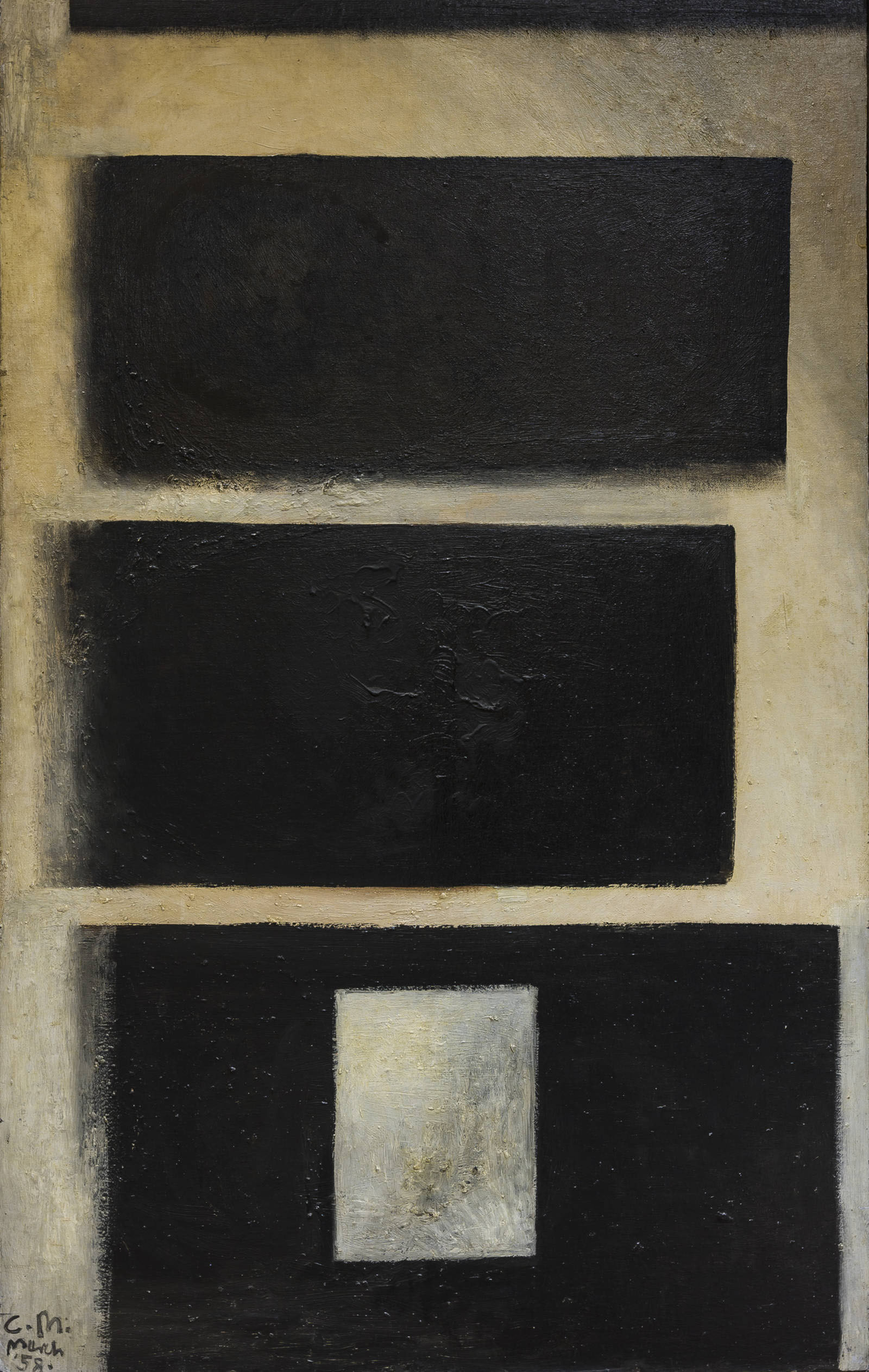
Painting 1958 was an early acquisition and is now one of five Colin McCahons in the Fletcher Trust Collection. Courtesy of the Fletcher Trust Collection.
A merger with Challenge Corporation in 1981 brought Challenge’s own corporate art collection into the fold.
Although a very large international business by then, Fletcher’s remained New Zealand headquartered and its namesake is proud of it..
“The whole logic of a corporate collection is for an enlightened corporation to encourage the engagement of people within the arts and that was part of the logic of making it totally New Zealand-focused – artists who were born here or who came here and painted here,” states Fletcher.
“That was a deliberate determination. It would always only be those who had a New Zealand connection.”
Too good to hide away
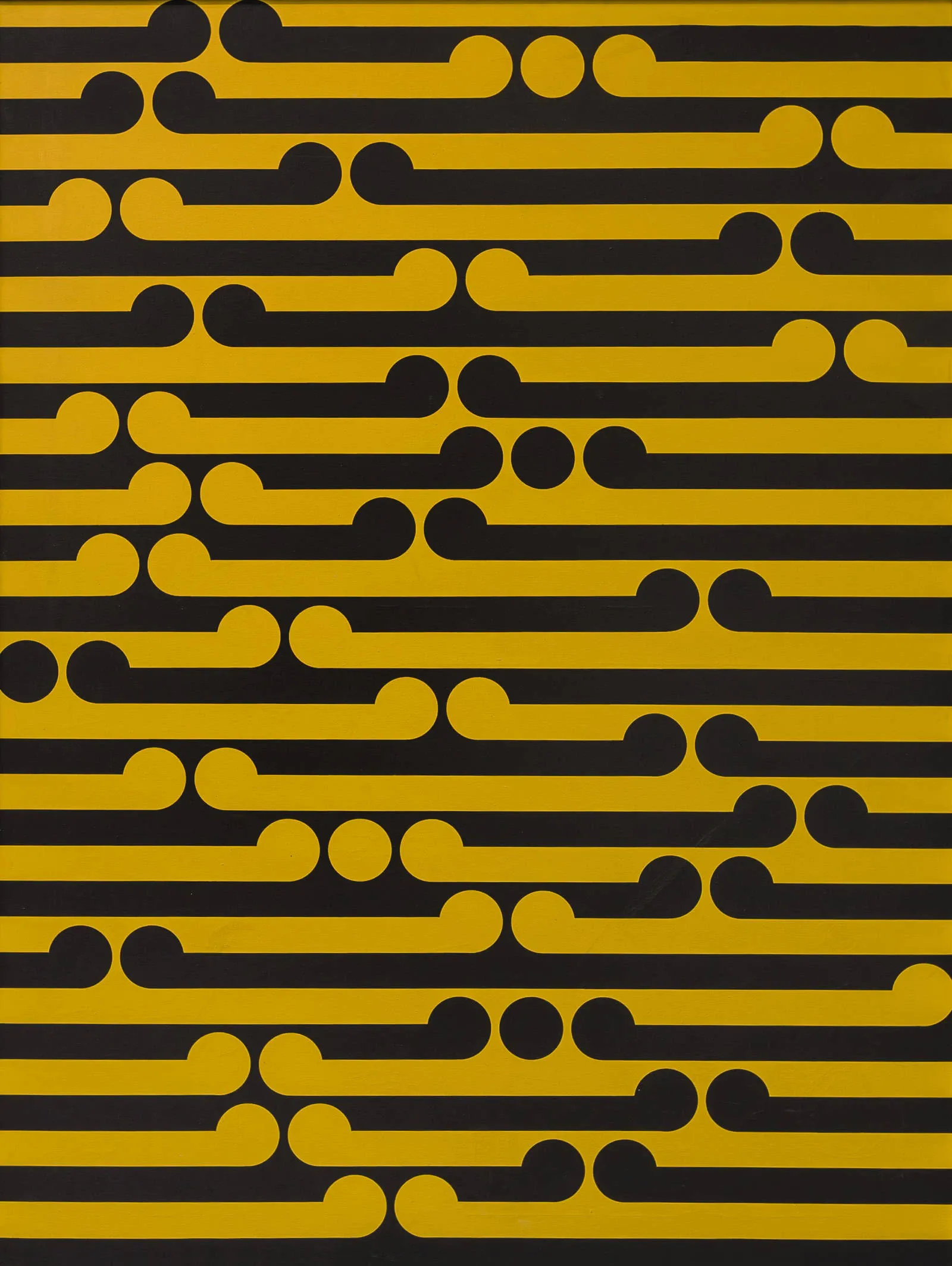
Gordon Walters’ Tahi was a significant purchase in the early years of the Fletcher Trust Collection. Courtesy of the Fletcher Trust Collection.
Even when the collection was principally accessible only to company staff and visitors, it was within the mission to have as much of it on show as possible.
“In fact, my father used to get aggrieved when dealing with some institutions which would have by far the predominance of their collections stored, never to see the light of day.”
Many of the collection’s works are now leased back to the remaining Fletcher Building business, and are on display in the company headquarters at Penrose. Others are held in storage or on display in premises on the other side of Great South Road that were originally part of the Fletcher campus but now house unrelated businesses.
Works are also held at Government House Auckland, Government House Wellington, the Auckland High Court and Auckland Art Gallery Toi o Tāmaki, among others.
“That gives us an opportunity to have the works in front of other eyes,” says McWhannell.
“There’s an appetite from the Trust to have work in front of the public. We’d rather have the work on display than sitting in racks.”
McWhannell describes the vision for the collection as one that will continue to operate as a public and publicly-available collection of taonga, long past the lifespans of those currently involved with it.
“We are building a collection of national significance within this privately-operated infrastructure, but the vision ultimately is one of public benefit.
“That very much animates every decision we make.”
